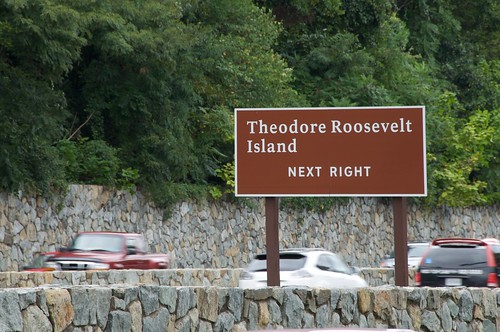I love to swim! As much as I don't really like fish, I feel like I am slowly becoming one. My YMCA has a lovely spin dyer to use so that my swimsuit isn't dripping wet in my bag. These aren't conventional at every pool and thus was a novelty when I first saw one but didn't really take time to see how it worked. It seems pretty obvious that by the name, this dryer uses a spinning motion as a mechanism to drying my swimsuit. Basically the drum inside spins fast enough so that the water separates from the clothes and you hear that dripping noise as it exits through the center of the drum. The swimsuit isn't completely dry but in that 10 seconds most of the water has been removed. This got me thinking about how much more efficient this system was to a normal heat dryer.
When I went to read about how tumble dry system works I found out they are even less efficient than I thought (since heating air takes a lot of energy). In your normal dryer, air is heated before it enters the drum and then exhausted to maintain dry heat in the drum. So the air is continually cycled through to make sure that your clothes are in constant contact with dry heat to remove the water. There are other dryers which cool the air and drain the water vapor instead of simply venting the hot air. I was also told by a washer/dryer professional that since tumble dryers do not rely on the mechanical motion to remove the water, the spin cycle in the washers are very important. The front loading washers must use a fast spin cycle at the end of the wash as compared to a top loading washer in order to remove more of the water content. All of these systems still use more mechanical or electrical energy to do something that the sun is already doing but of course there is nothing quite like the warm and toasty feeling of clothes just out of the dryer!Mailbox (8/17/2011)
Hinduism and Southeast Asia (8/16/2011)


ProPublica (8/10/2011)

The Grey Lady (8/9/2011)
Corn Palace (8/8/2011)

Caisson (8/7/2011)
Spray Paint (8/6/2011)
Framingham Heart Study (8/5/2011)
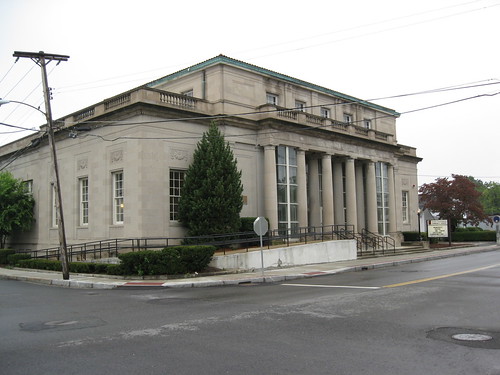
I was first introduced to the town of Framingham a couple of years ago when I was doing a project out in the community. Most of what I learned about the town was about the strong Brazilian immigrant population. As I was reading the data issue of GOOD magazine, I came across a piece about the importance of opting into medical records so that we can increase the amount of available data out there to improve health research. The article started out by mentioning the Framingham Heart Study which I had never heard of before and curious to learn more. What intrigued me was that researchers got a community to be studied over such a long period of time (currently in the third generation). The study focused on the causes of heart disease by monitoring a multitude of variables. The study began in 1948 with over 5000 residents signing up to have a thorough medical exam every two years. Can you imagine such a huge group getting recruited by neighbors calling each other up and going door to door? That's kinda awesome! The study still continues with the grandchildren of the original participants opting into the study as the third generation. A lot what we know now about heart disease is because of this study such as risk factors (smoking, diet, blood pressure, etc.). So should this convince you to check that box to have all your medical records become a digital database for future research? Maybe. Or maybe the next time you hear about new information about your health just think about ALL the people who were involved in helping you stay healthy :)
Theodore Roosevelt Island (8/4/2011)
Orange (8/3/2011)
CaBi on the Mall (7/2/2011)
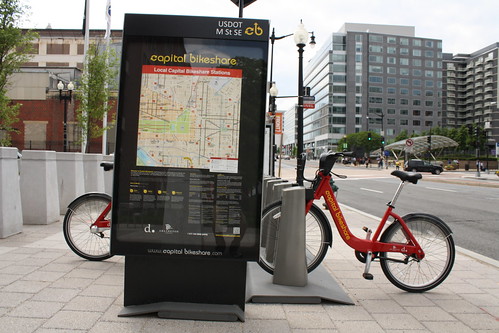
I love Capital Bikeshare (CaBi) because it is fun and convenient. There's even a station right outside my house! I also save money by not taking the bus or subway just a couple blocks down the road in the sweltering heat. The bike lanes also make me a lot more comfortable since I'm not used to riding a bike on the road with lots of cars. I think for my short trips, it's really great to get around on the red bikes but I always wondered why there aren't any stations near monuments and most importantly, near Jefferson memorial. I would visit Jefferson a lot more often if there was a more convenient way of getting there. I learned today that Capital Bikeshare stations are not on these sites because the National Parks Service have contracts with companies on services offered on the premises and these companies have the right to refuse services (Guest Services Inc has not been part of any talks to places stations at parks). So will there be Bikeshare Stations on the mall? Doesn't look likely, but one can hope. So what can you do? Well, i suggest you go visit Jefferson anyway because unlike the other touristy spots, it's not crowded and has a great view of the White House! Also, become a Bikeshare member and you too can sport a really cool red bike :)
Expiration Date (8/1/2011)
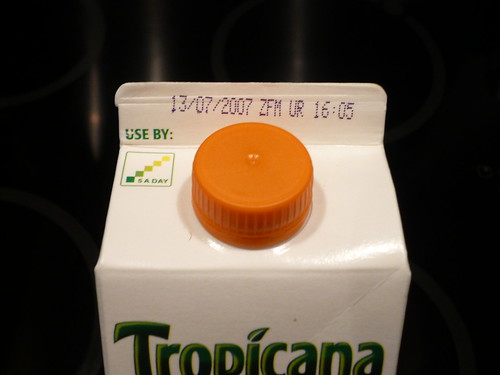
Ticketing Fees (7/31/2011)

Pain Relievers (7/30/2011)
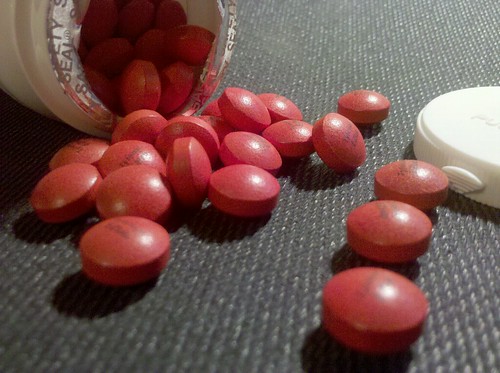
Today I learned how pain relievers such as ibuprofen and acetaminophen work. When you injure a part of your body, your cells produce and release a chemical called prostaglandin which signals to your nerve cells that you have just created some damage to yourself. This tells your brain to take action so you don't continue down the path of more damage. When you take a pain medication, this prevents your cells from producing prostaglandin and therefore your brain does not get the signal that there is damage. Pain is good when you are doing something to harm your body and it wants you to stop so taking a bunch of pain killers without really taking steps to heal yourself is kind of a waste. Do your body good and take care of it like the temple it is!
Charlie on the MTA (7/29/2011)
YMCA (7/28/2011)
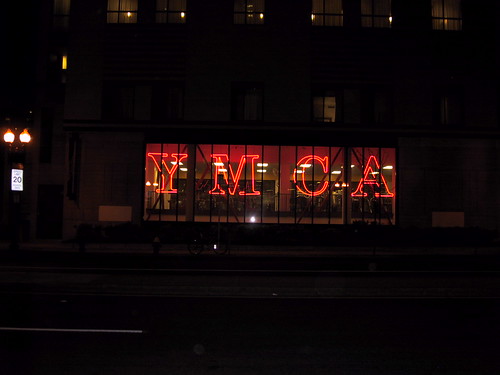
I love my YMCA, I really do! It's not only a great place to exercise and get my swimming fix every week, but also staffed with some really awesome people. I'm always greeted with a smile and asked about my day and if I need any assistance. Some of them even know my name! I also love the instructors in the classes and the new and interesting people I meet every time I'm there! During the summer, the place is full of kids running around attending summer day camps with their adolescent camp counselors. I decided to learn a little bit more about this place I love and found out some pretty interesting things. First off, YMCA was first established in 1844 in London by George Williams. The first YMCA in the USA was established in 1851 in Boston, MA. Originally a federation trying to promote christian values, it is open to all people regardless of faith or gender and most widely known for its swimming facilities. The thing I was most surprised to learn about the YMCA history is that there are a few universities that have sprung out of YMCAs, Northeastern University in Boston being one of them. YMCA also began the concept of night school for adults with full time jobs. Who knew? But to me, my Y is a place I go to for a healthy spirit, mind and body :)
The Awakening (7/27/2011)
Vegetables (7/26/2011)

DoDEA (7/25/2011)
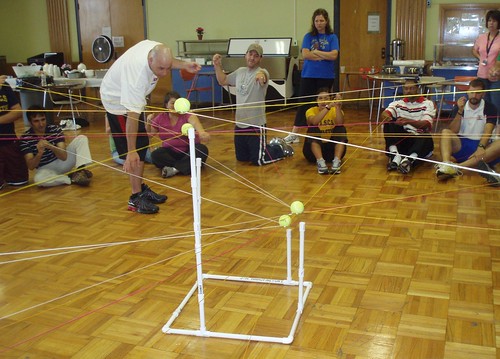
photo by michaelcardus
As I was perusing through the list of recipients of the Presidential Award for Excellence in Mathematics and Science Teaching (PAEMST) I came upon two teachers who taught at Department of Defense Education Activity (DoDEA) schools in Europe. I had never heard of DoDEA so I decided to learn more. The history of schools on military bases started shortly after World War II, in which schools were established in Europe and the Pacific. They were initially run by the military but later transferred to a civilian agency which manages the system. The system consist of 3 groups of schools, one in Europe, Pacific, and domestic bases. The schools are housed on military bases and are for children of those serving in the military as well as children of foreign service members. All the schools are accredeted and follow the DoDEA Community Strategic Plan.
I thought this was pretty neat. In fact, you can apply to become a teacher at one of these schools.
YAY teachers and especially really awesome Math and Science teachers!

